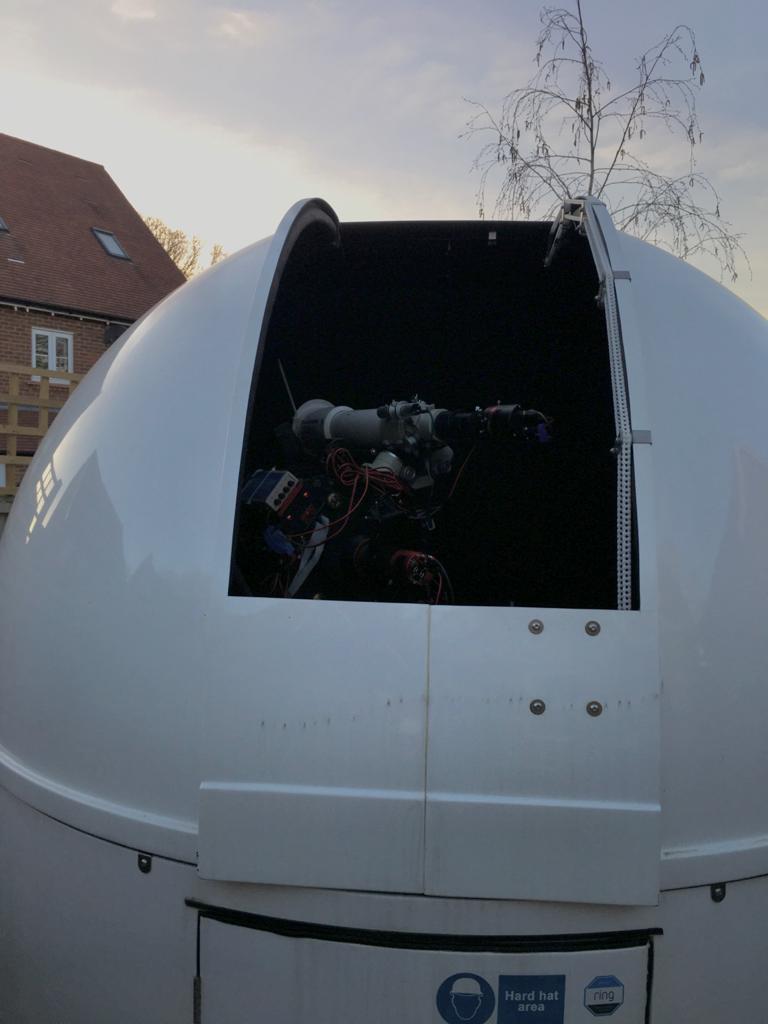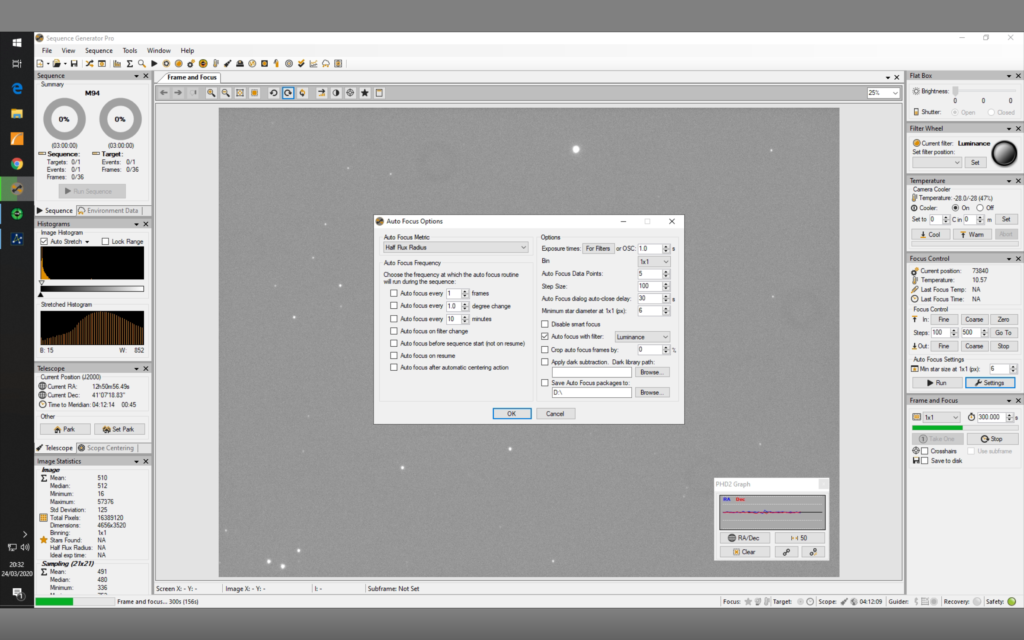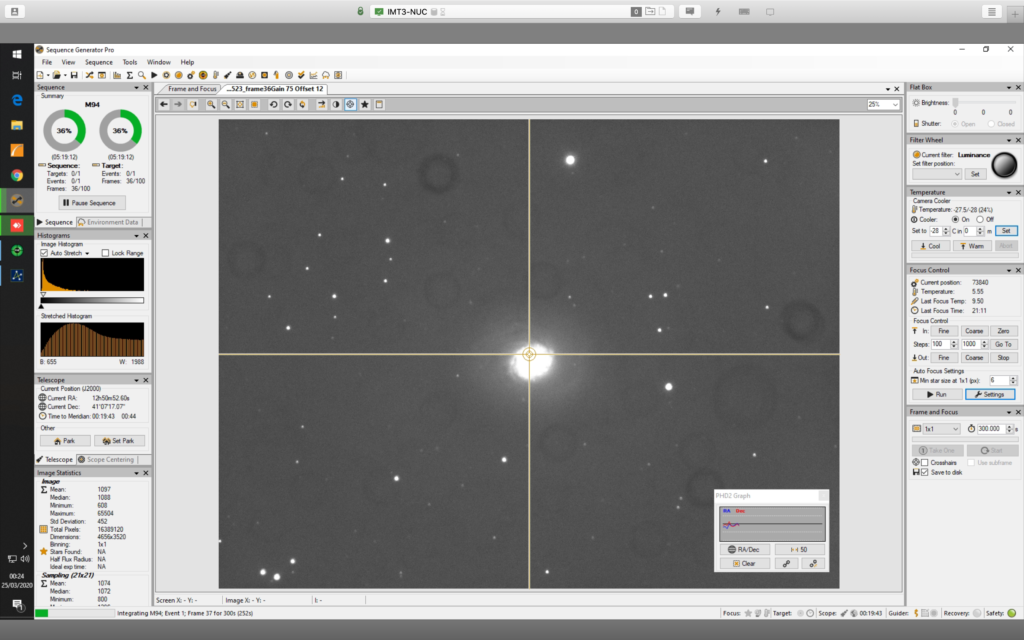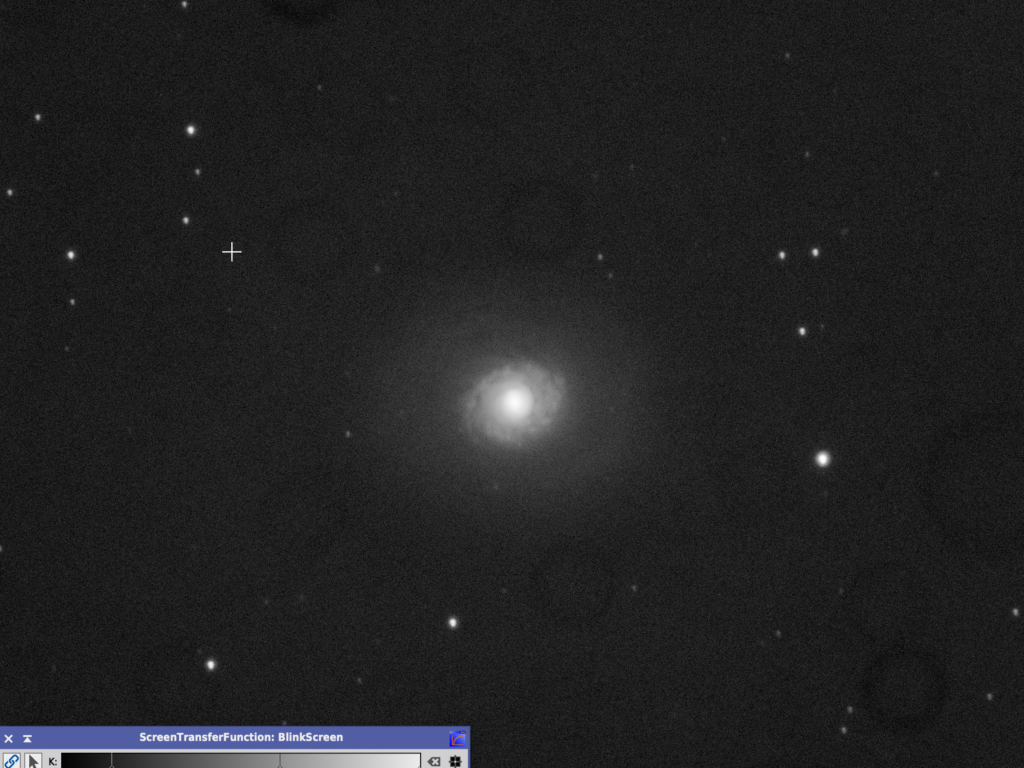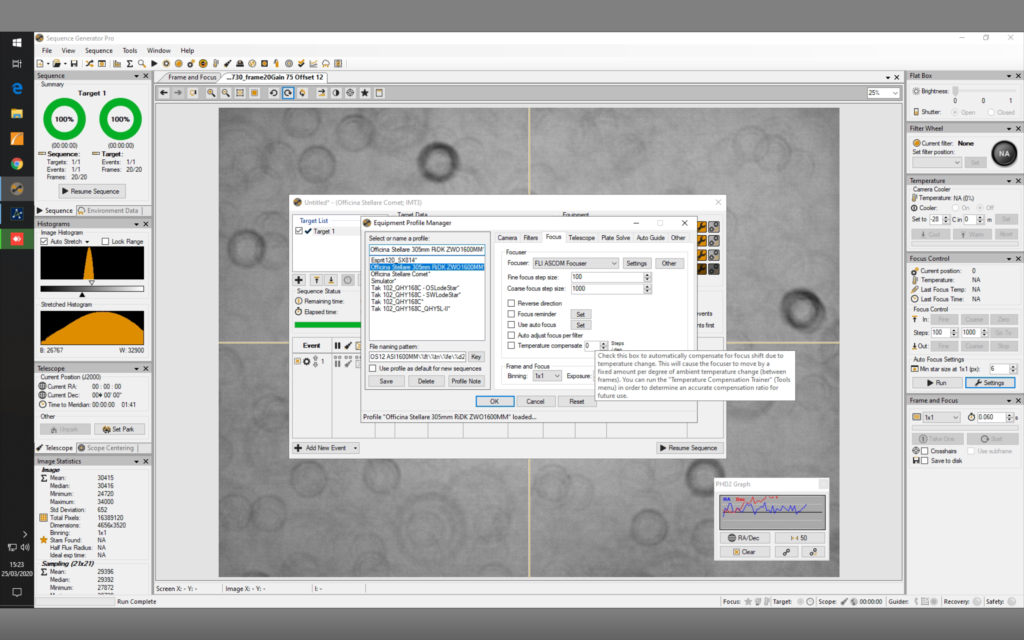So with short notice a couple of my friends booked a cottage just outside the Kielder Water park boundary in Northumberland. This was booked for same weekend that Storm Eunice and Storm Dudley hammered the UK, the drive from the South of England to the North was very gusty and interesting at times.
Suffice to say that during my short stay in a farm cottage I saw more of Pubs such as the local warm, very friendly and welcoming Star Inn and comfortable cottage fireplaces than I did clear nights.
On the first evening it was broken fast moving cloud so we settled on taking in the various views of the 17 day old moon (94.2%). Although it was very bright being just after full moon, we scoured the edge of the disc looking at the shadowed craters. The first evening’s session was cut short by the cloud and rain, which seemed to set the mood for the week.
On the next few cloudy nights, I spent the time upgrading to ASCOM 6.6, the latest NINA beta and SGPro 64bit. Of course this required me to make sure I had the latest 64bit drivers installed. Once done, I began testing the various bits of hardware within the applications.
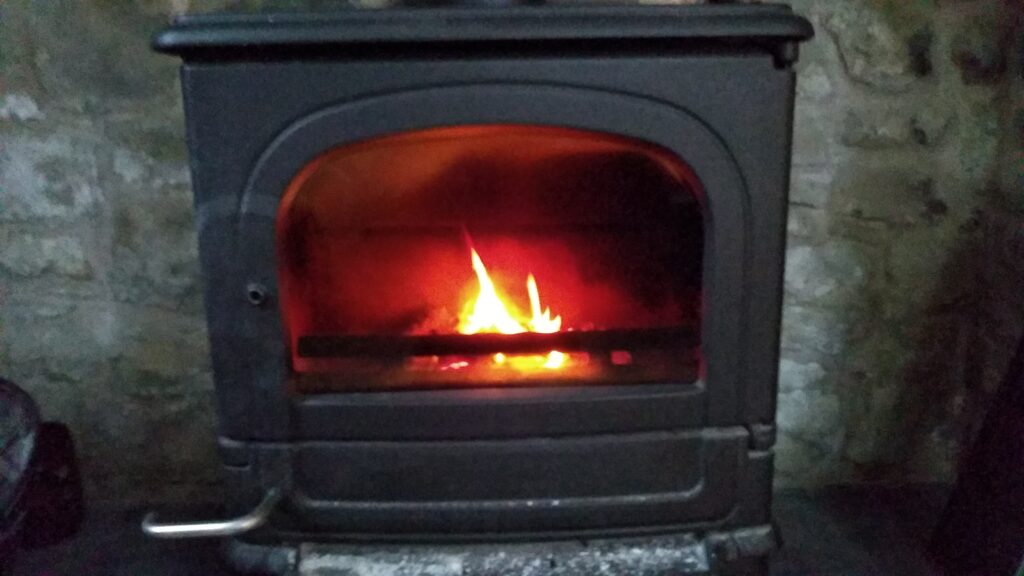
However on my final evening whilst nestling a Talisker Single Malt in front of the fire. I just happened to peer outside and it was clear, breezy and cold but clear. So since the weather report said it would cloud up I grabbed the Baby Dob (SkyWatcher Heritage 150) and headed outside for a quick sky tour.
With Laurence and Laura we finally saw why astronomers come to the Northumberland National Park. The Milky Way was so obvious stretching from Orion in the South, through Perseus and Cassiopeia and the sheer number of stars was breath taking.
We started looking in Orion, the Orion Nebula (M42) which the 150P does not do it justice and really a 200P and decent eyepiece would be needed to show the wispy cloud structures. We looked at the stars Betelgeuse and Sirius (Canis Major) just to show the colours of these giants before moving along to view the Pleiades (M45) and the star clusters in the constellation of Auriga.
The Double Cluster (NGC 889/NGC 884) in Perseus in the 25mm wide field eye-piece was beautiful. From the Perseus/Cassiopeia border we moved through the milky way and across to Canes Venatici hunting down The Whirlpool Galaxy (M51) which we saw as two misty patches, one smaller fainter patch and a larger patch with a faint core.
Moving southwards we hunted for the globular cluster M3 which was low on the horizon and effectively in the trees but we managed to locate it. Again it was a misty patch and looked like a comet. Switching to the 10mm eye-piece I tried to resolve the patch as stars but I was unable to, maybe due to it’s low altitude but Laura was able to do so with averted vision.
Of course I also forgot that objects I can see from The South Of England are higher up in the sky compared to The North Of England by almost 4 degrees altitude.
Not long after we headed in doors to warm up, the clouds rolled in, the wind picked and the snow started falling as a precursor to the incoming Storm Franklin. Such is life but at least I got a few hours under dark skies even if it was visual and not deep sky imaging.

